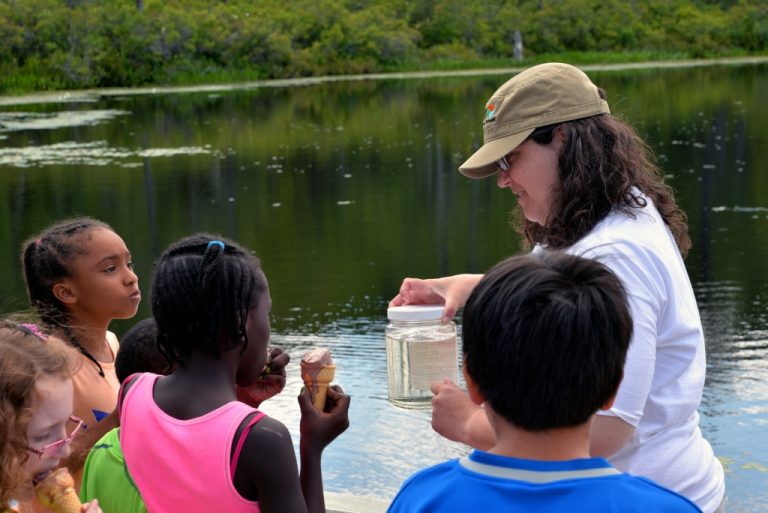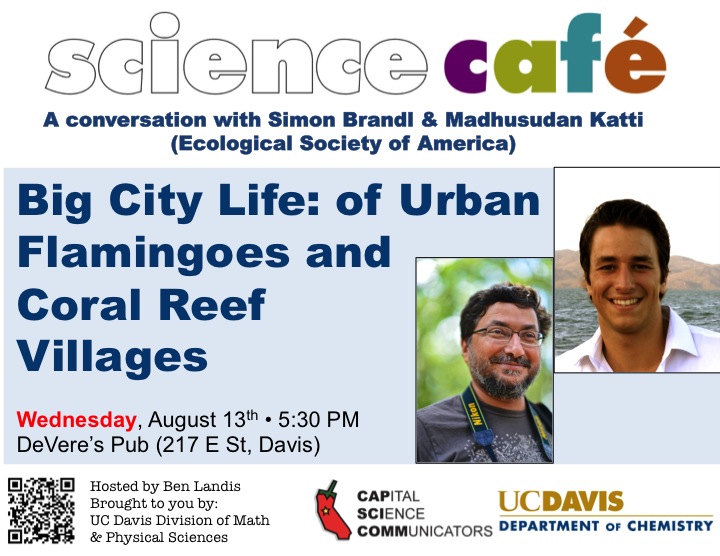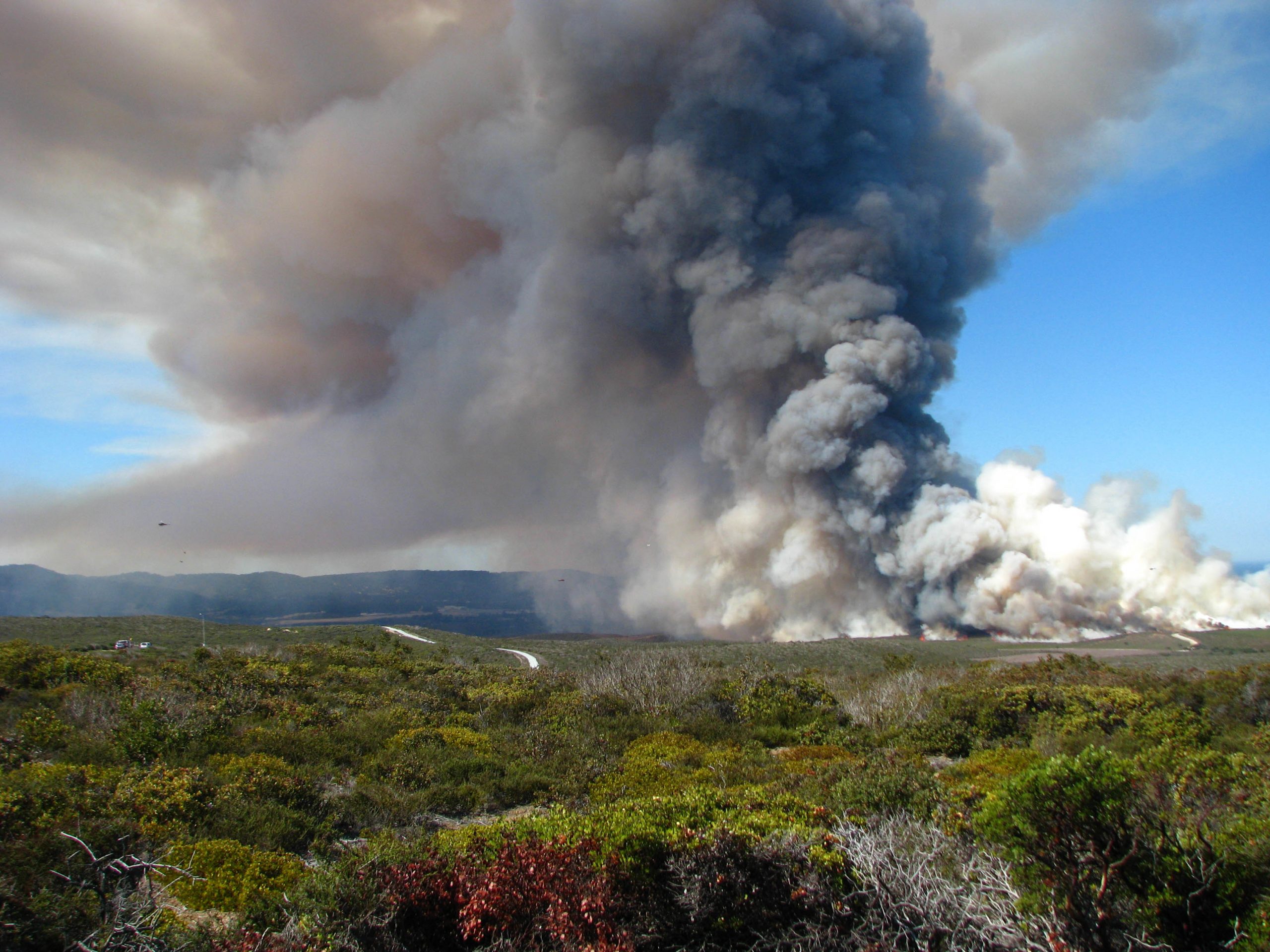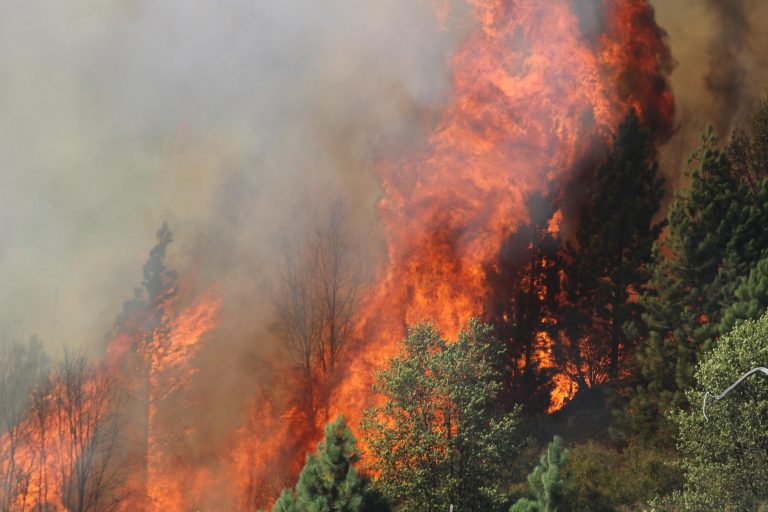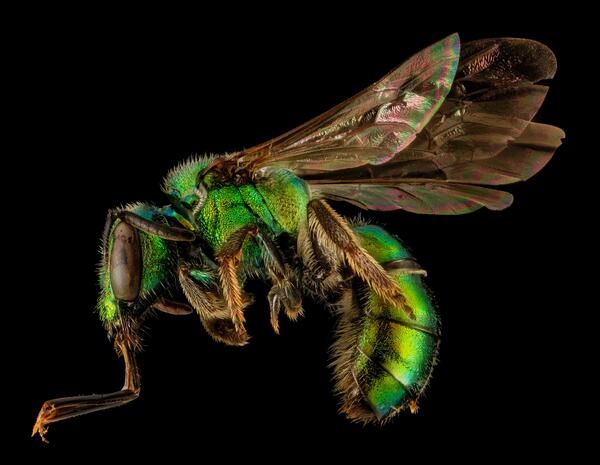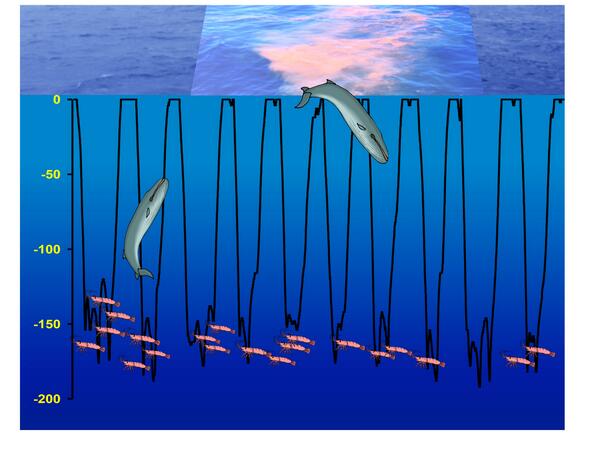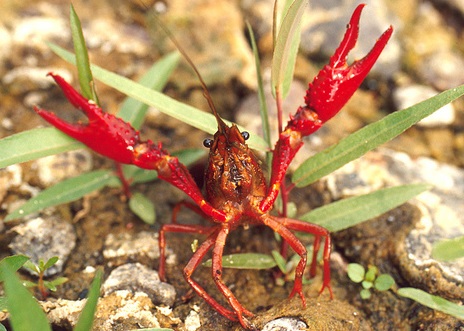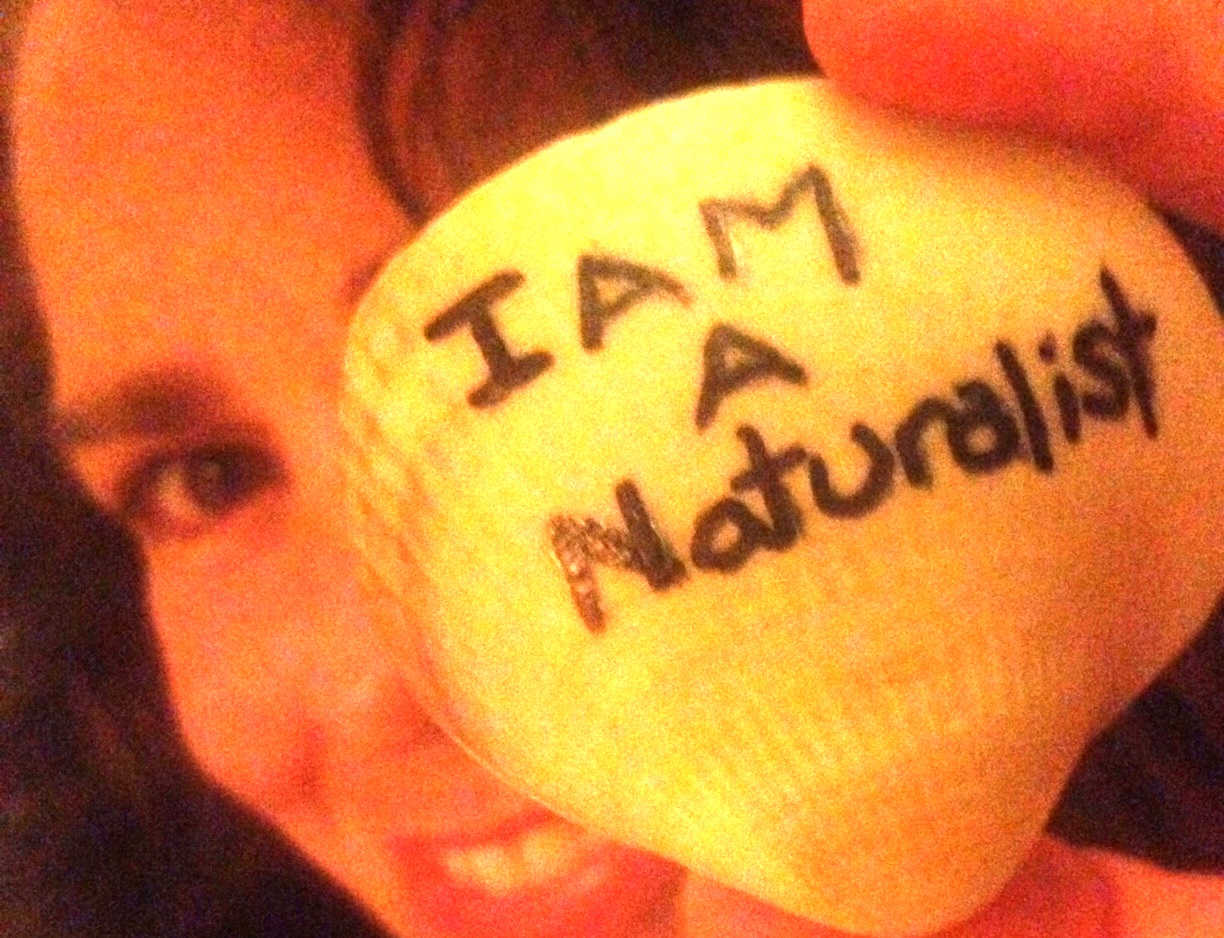
#IAmANaturalist reclaim the name campaign celebrates natural history research
Are you a naturalist? Join the grassroots effort to reclaim the name. ESA’s Natural History section is calling on you to assert your naturalist identity with pride by tweeting a photo to #IAmANaturalist on Monday, September 8, 2014. Guest poster Kirsten Rowell explains why. [update: see some of the fantastic #IamaNaturalist photos and tweets in our September 10 collection or scroll…
